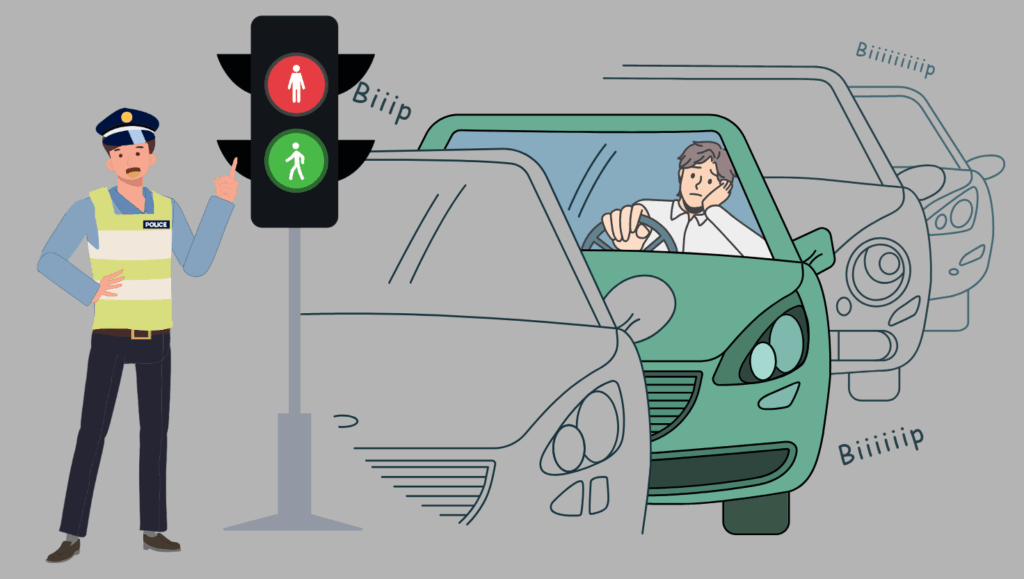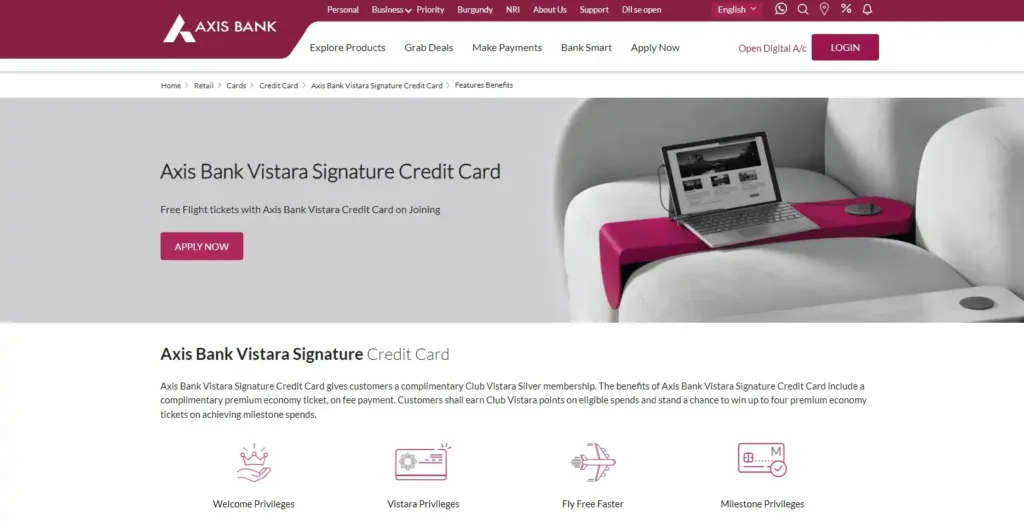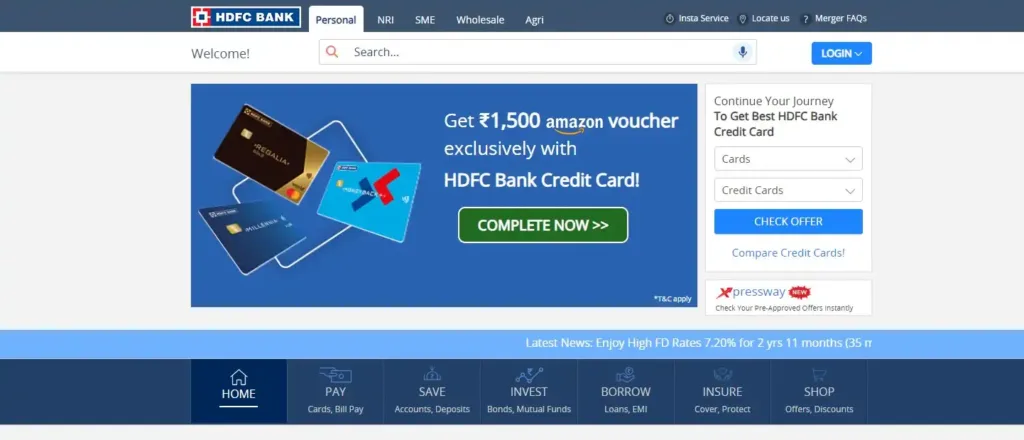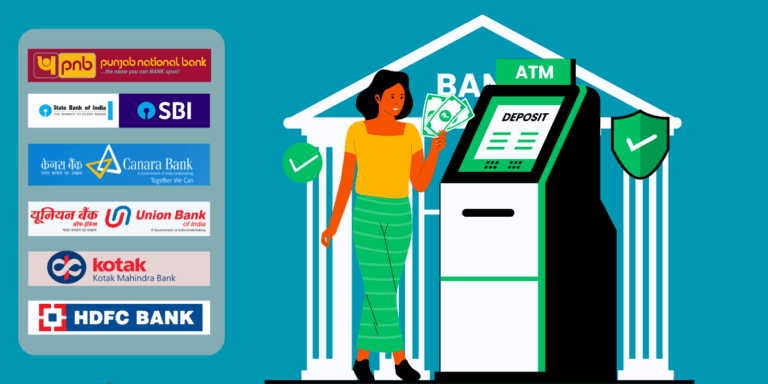
UPI-ICD: India’s cardless cash deposit revolution! Deposit cash at UPI-enabled ATMs using your UPI app. Explore its features, benefits, and 2025 updates in our in-depth review. Learn how UPI-ICD transforms banking with secure, interoperable transactions.
India’s digital banking revolution has taken a bold leap forward with the introduction of UPI Interoperable Cash Deposit (UPI-ICD), a service that allows cardless cash deposits at ATMs using the Unified Payments Interface (UPI). Launched by the Reserve Bank of India (RBI) and the National Payments Corporation of India (NPCI) at the Global Fintech Fest (GFF) 2024, UPI-ICD is transforming how Indians deposit cash, offering a seamless, secure, and inclusive alternative to traditional methods. In this professional review, we dive deep into the workings, features, performance, and impact of UPI-ICD, incorporating the latest data as of July 2025, to evaluate whether it lives up to the hype. This post aims to inform and captivate readers curious about the future of banking in India.
What is UPI-ICD? A New Era of Cash Deposits
The UPI Interoperable Cash Deposit (UPI-ICD) service allows customers of participating banks who are active on UPI to deposit cash at any UPI-ICD-enabled cash recycler machine (CRM) or cash deposit machine (CDM) without a debit card. Whether depositing into your own account or a third-party account, UPI-ICD leverages the power of UPI to make the process effortless, using a mobile number linked to UPI, Virtual Payment Address (VPA), or the beneficiary’s account number and IFSC code.
Unveiled on August 29, 2024, at GFF 2024 by RBI Deputy Governor T. Rabi Sankar, UPI-ICD eliminates the reliance on physical cards, aligning with India’s push toward a cashless economy while accommodating cash-based transactions. With over 500 million active UPI users and 18.67 billion transactions worth ₹25.14 trillion in May 2025, UPI-ICD builds on UPI’s success to redefine ATM functionality. But does it deliver on convenience, security, and accessibility? Let’s explore.
How UPI-ICD Works: A User’s Perspective
The UPI-ICD process is designed to be intuitive, leveraging the familiarity of UPI apps. Here’s a step-by-step breakdown of how it works:
- Find a UPI-ICD-Enabled ATM: Locate a CRM or CDM that supports UPI-ICD, typically marked with signage or listed on your bank’s website.
- Select UPI Cash Deposit: Choose the “UPI Cash Deposit” option on the ATM screen.
- Scan the QR Code: A dynamic QR code appears on the screen. Scan it using a UPI-enabled app like BHIM, Google Pay, or PhonePe.
- Choose the Beneficiary: Select the account for the deposit—your own or a third-party account—using a mobile number, VPA, or account number and IFSC code. The beneficiary’s name appears for verification.
- Authorize with UPI PIN: Enter your UPI PIN to authenticate the transaction.
- Deposit Cash: Insert cash into the ATM’s deposit slot. The machine verifies the notes for accuracy.
- Instant Credit: Once verified, the cash is credited to the beneficiary’s account in real-time, with a confirmation notification sent to your app.
The transaction limit is capped at ₹50,000 per transaction, subject to bank-specific restrictions, making it suitable for most retail and small-business needs. The process is smooth and mirrors the ease of UPI payments, but its real-world performance depends on ATM availability and app compatibility.
Key Features of UPI-ICD: What Sets It Apart
UPI-ICD stands out with a range of features that enhance its appeal:
- Interoperability: Works across participating banks and white-label ATM operators (WLAOs), allowing deposits into any bank account via UPI-ICD-enabled ATMs.
- Cardless Transactions: Eliminates the need for debit cards, reducing risks like card skimming or loss.
- Flexible Beneficiary Options: Deposit cash using a UPI-linked mobile number, VPA, or account number and IFSC code, enabling both self and third-party deposits.
- Secure and Encrypted: Uses UPI PIN authentication and dynamic QR codes to ensure robust security.
- Transaction Limit: Supports deposits up to ₹50,000, aligning with daily UPI limits set by banks.
- Wider Accessibility: Available at CRMs and CDMs operated by banks and WLAOs, with plans for nationwide expansion.
These features make UPI-ICD a versatile tool, but how does it perform in real-world scenarios? Let’s review its strengths and limitations.
UPI-ICD in Action: Performance Review
Strengths
- Unmatched Convenience: UPI-ICD eliminates the need for debit cards, deposit slips, or bank visits. The process takes less than two minutes, making it ideal for busy individuals and small businesses.
- Enhanced Security: The use of UPI PINs and dynamic QR codes ensures transactions are secure. Unlike card-based deposits, there’s no risk of card cloning or theft.
- Financial Inclusion: By enabling cardless deposits, UPI-ICD caters to rural and underserved populations who rely on UPI but may not have debit cards.
- Real-Time Processing: Deposits are credited instantly, offering immediate access to funds, which is critical for time-sensitive transactions.
- Third-Party Flexibility: The ability to deposit cash into any account using a mobile number or VPA makes UPI-ICD a game-changer for peer-to-peer transfers.
Limitations
- Limited ATM Availability: As of July 2025, UPI-ICD is available at select ATMs of banks like Axis Bank, HDFC Bank, and Union Bank of India, with a phased rollout limiting nationwide access.
- Infrastructure Costs: Upgrading ATMs to support UPI-ICD requires significant investment, which may slow adoption among smaller banks and WLAOs.
- User Awareness: Many users are unaware of UPI-ICD or how to use it, necessitating robust awareness campaigns by banks and NPCI.
- App Compatibility: Not all UPI apps are fully optimized for UPI-ICD, leading to occasional glitches or delays in QR code scanning.
Overall, UPI-ICD delivers a seamless experience where available, but its success hinges on wider ATM coverage and user education.
Banks and Apps Supporting UPI-ICD
As of July 2025, several banks and UPI apps have embraced UPI-ICD, with more expected to join. Below is the current list of participating institutions:
Commercial Banks and WLAOs
| Sr. No | Bank Name | Issuer Status | Acquirer Status | UPI App Status |
| 1 | BHIM UPI App | N/A | N/A | Live |
| 2 | AU Small Finance Bank | Live | - | - |
| 3 | Axis Bank | Pilot Live | - | - |
| 4 | Bank of Baroda | Live | - | - |
| 5 | Canara Bank | Live | - | - |
| 6 | Central Bank of India | Live | - | - |
| 7 | HDFC Bank | Live | - | - |
| 8 | Hitachi | N/A | Live | - |
| 9 | IDFC Bank | Live | - | - |
| 10 | Indian Bank | Live | - | - |
| 11 | Indian Overseas Bank | Live | - | - |
| 12 | Punjab National Bank | Live | - | - |
| 13 | Ujjivan Bank | Live | - | - |
| 14 | Union Bank of India | Live | - | - |
| 15 | Yes Bank | Live | - | - |
RRBs and Cooperative Banks
| Sr. No | Bank Name | Issuer Status | Acquirer Status | UPI App Status |
| 1 | Janata Sahakari Bank | Live | - | - |
| 2 | Saraswat Co-operative Bank | Live | - | - |
| 3 | Thane Janata Sahakari Bank | Live | - | - |
Popular UPI apps like BHIM, Google Pay, PhonePe, and bank-specific apps (e.g., Axis Bank’s app) support UPI-ICD, but users should ensure their apps are updated to avoid compatibility issues.
User Experience: What Customers Are Saying
Feedback from early adopters of UPI-ICD highlights its convenience and potential:
- Positive Feedback: Users appreciate the cardless process and the ability to deposit cash into third-party accounts, especially for small businesses and freelancers who deal with cash payments.
- Pain Points: Some users report limited ATM availability in semi-urban and rural areas, and occasional app glitches when scanning QR codes.
- Suggestions: Customers have called for more UPI-ICD-enabled ATMs and better signage to identify compatible machines.
Users have praised UPI-ICD for its simplicity, with posts like, “Deposited cash at an ATM using my UPI app in seconds! No card, no hassle. #UPIICD is the future!” However, others have noted the need for faster rollout, with comments like, “Love the idea of UPI-ICD, but my local ATMs don’t support it yet. When will it reach smaller cities?”
Impact on India’s Digital Banking Landscape
UPI-ICD is a pivotal step toward integrating cash into India’s digital banking ecosystem. With UPI processing 500 million transactions daily, UPI-ICD strengthens the ecosystem by making ATMs multifunctional digital banking units (DBUs). Key impacts include:
- Modernizing ATMs: UPI-ICD transforms ATMs into hubs for deposits, withdrawals, and potentially other services like account opening.
- Financial Inclusion: By enabling cardless deposits, UPI-ICD reaches underserved populations, aligning with the RBI’s Payments Vision 2025.
- Global Potential: With UPI gaining traction in countries like Singapore and the UAE, UPI-ICD could inspire similar innovations worldwide.
Challenges and Recommendations
Despite its promise, UPI-ICD faces challenges:
- ATM Upgrades: Banks and WLAOs must invest in upgrading machines, which could delay nationwide adoption.
- User Education: Many users are unaware of UPI-ICD or hesitant to trust cardless deposits.
- Technical Glitches: QR code scanning issues and app compatibility need resolution for a smoother experience.
Recommendations:
- Banks should launch awareness campaigns via social media, SMS, and in-branch promotions.
- NPCI should accelerate ATM upgrades, prioritizing semi-urban and rural areas.
- App developers should optimize UPI apps for seamless UPI-ICD integration.
Getting Started with UPI-ICD
To use UPI-ICD:
- Update your UPI app (e.g., BHIM, Google Pay, or bank apps) to the latest version.
- Locate a UPI-ICD-enabled ATM via your bank’s website or app.
- Follow the on-screen instructions to scan the QR code, select the beneficiary, and deposit cash.
For updates on participating banks and ATMs, visit the NPCI website real-time announcements.
Final Verdict: Is UPI-ICD Worth It?
UPI-ICD is a revolutionary service that combines the convenience of UPI with the utility of ATMs, offering a secure, cardless, and interoperable way to deposit cash. Its strengths—ease of use, real-time processing, and third-party deposit flexibility—make it a game-changer for India’s digital banking landscape. However, limited ATM availability and the need for greater user awareness prevent it from reaching its full potential.
For urban users with access to UPI-ICD-enabled ATMs, this service is a must-try, especially for those who value speed and security. As the rollout expands and challenges are addressed, UPI-ICD is poised to become a cornerstone of India’s cashless economy. Stay tuned for updates, and embrace the future of banking with UPI-ICD!
















































